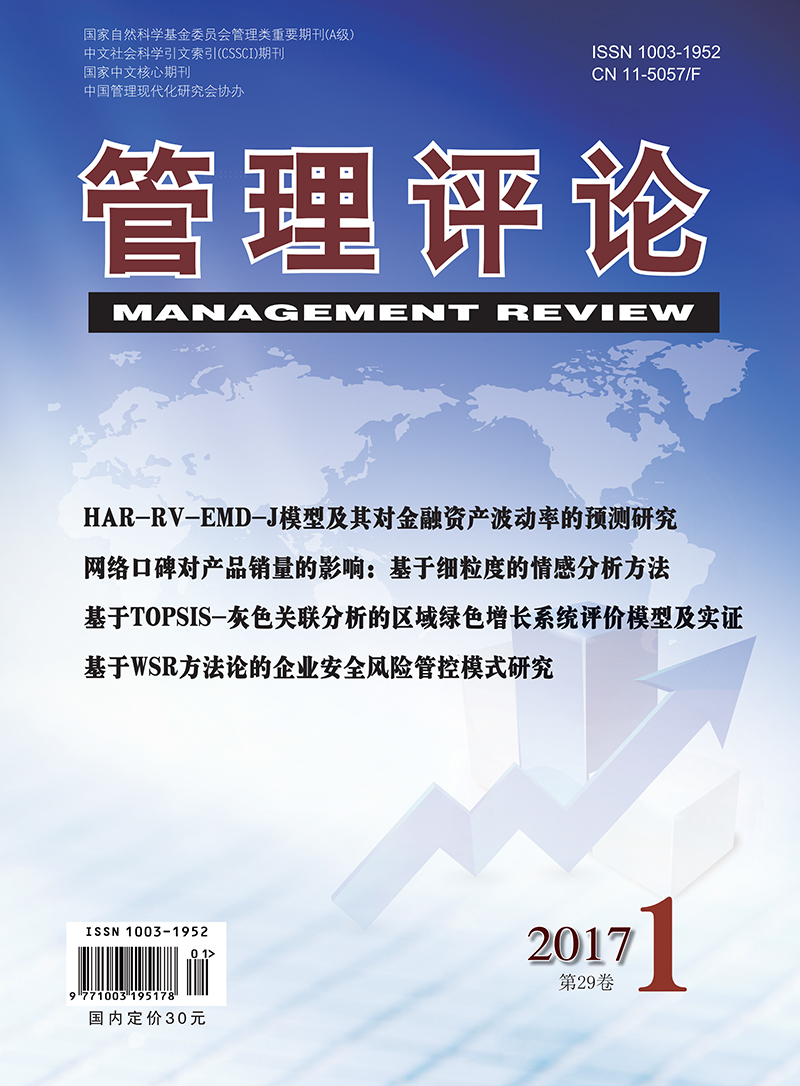Nowadays, the contributions customers could make to enterprises are not limited to direct purchase behavior. Non-purchase behavior, namely customer engagement behavior, also plays an important role. Specifically, customer engagement behavior refers to the non-purchase behavior resulting from some motivational drivers toward a brand or an enterprise. This paper focuses on customer engagement behavior and aims to discuss its formation mechanism. Firstly, we use focus group and depth interview to gather original materials from 18 candidates in the car, financing product, clothe and education training industries. Then grounded theory approach is introduced to analyze the original materials, and a conceptual model of customer engagement behavior's formation mechanism is constructed based on the three steps of grounded theory approach, namely open coding, axial coding and selective coding. Next we propose relevant hypotheses on the basis of the six variables in the conceptual model. Finally, we collect data from private car industry through questionnaires, and structural equation model is employed to verify the model. Results show that customer trust, customer satisfaction, self enhancement and social need play an important driving role in the formation mechanism of customer engagement behavior, and customer trust completely mediates the relationship between customer satisfaction and customer engagement behavior. Besides, customer age performs as a moderator in the relationship between customer trust, social need and customer engagement behavior respectively. To be specific, compared with high-age customer group, the influence of customer trust on customer engagement behavior is much bigger for low-age customer group. However, the impact of social need is exactly the opposite of that of customer trust, namely, the influence of customer trust on customer engagement behavior is smaller for low-age customer group. Our findings contribute to the existing theories and managerial practice by identifying the driving factors and how they relate to each other in the formation mechanism of customer engagement behavior. Managerial implications, limitations and future research are also discussed at the end of the paper.

